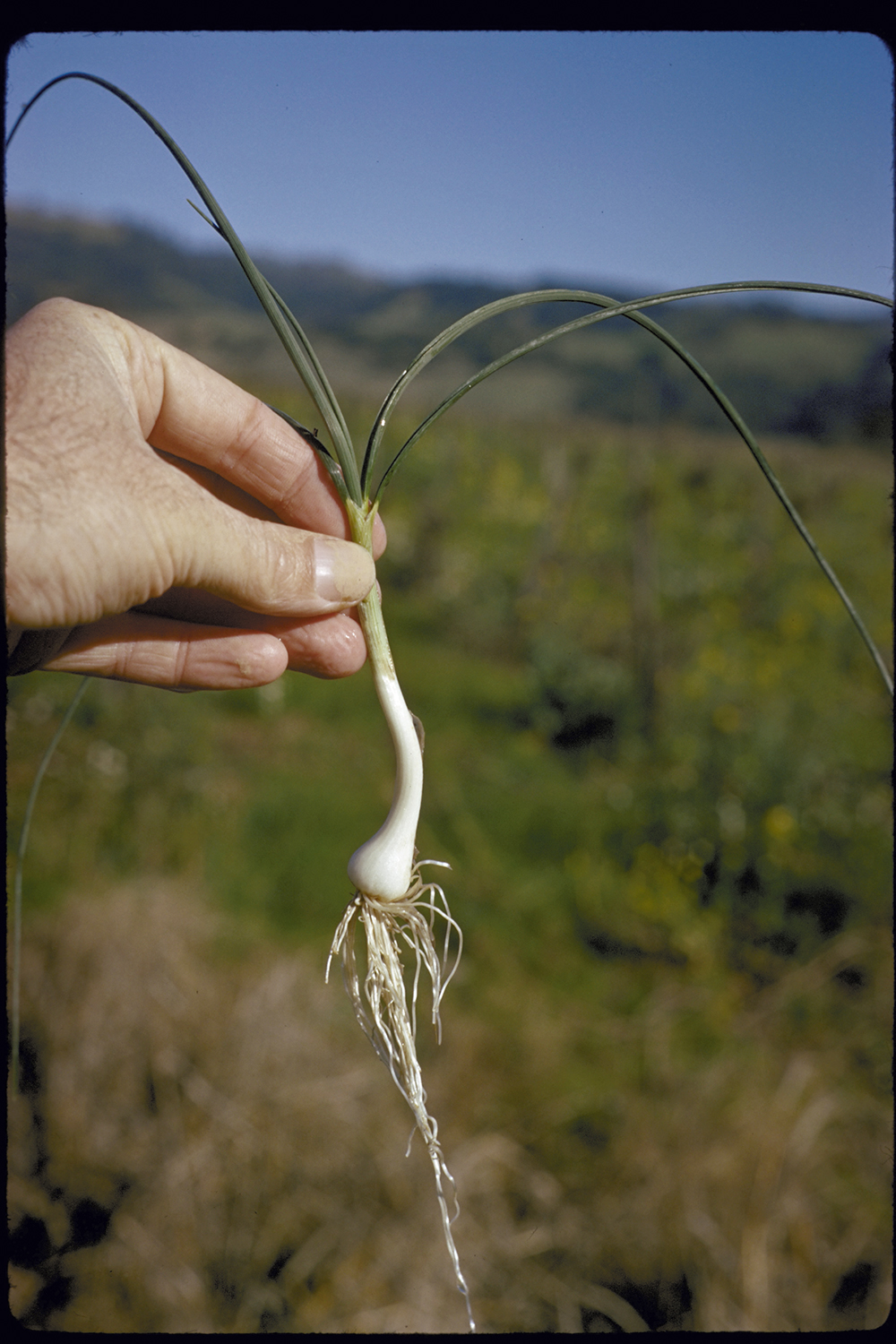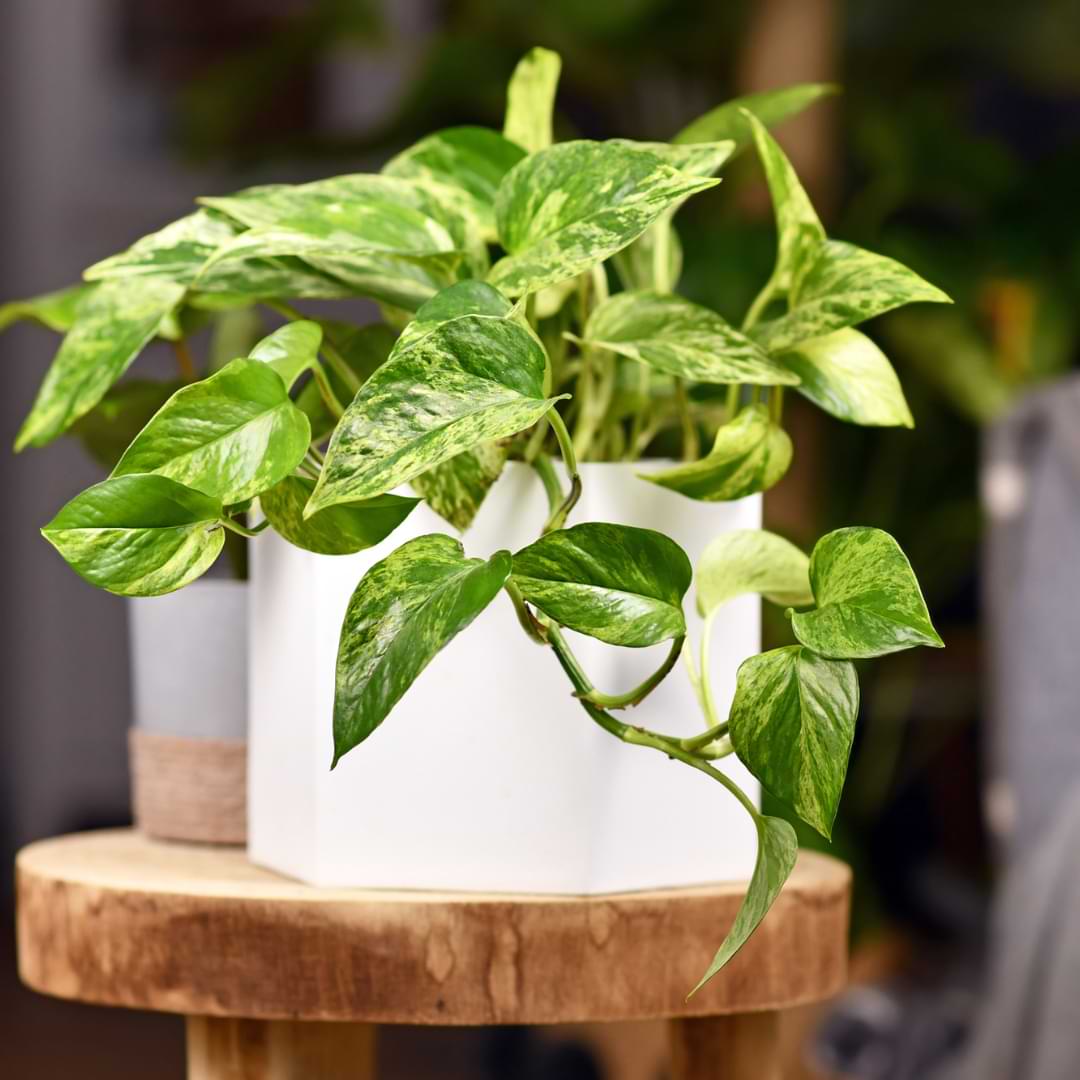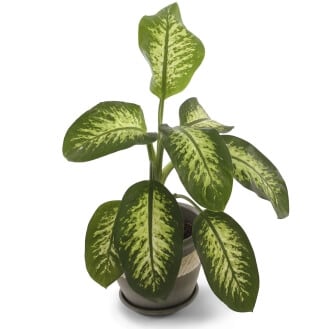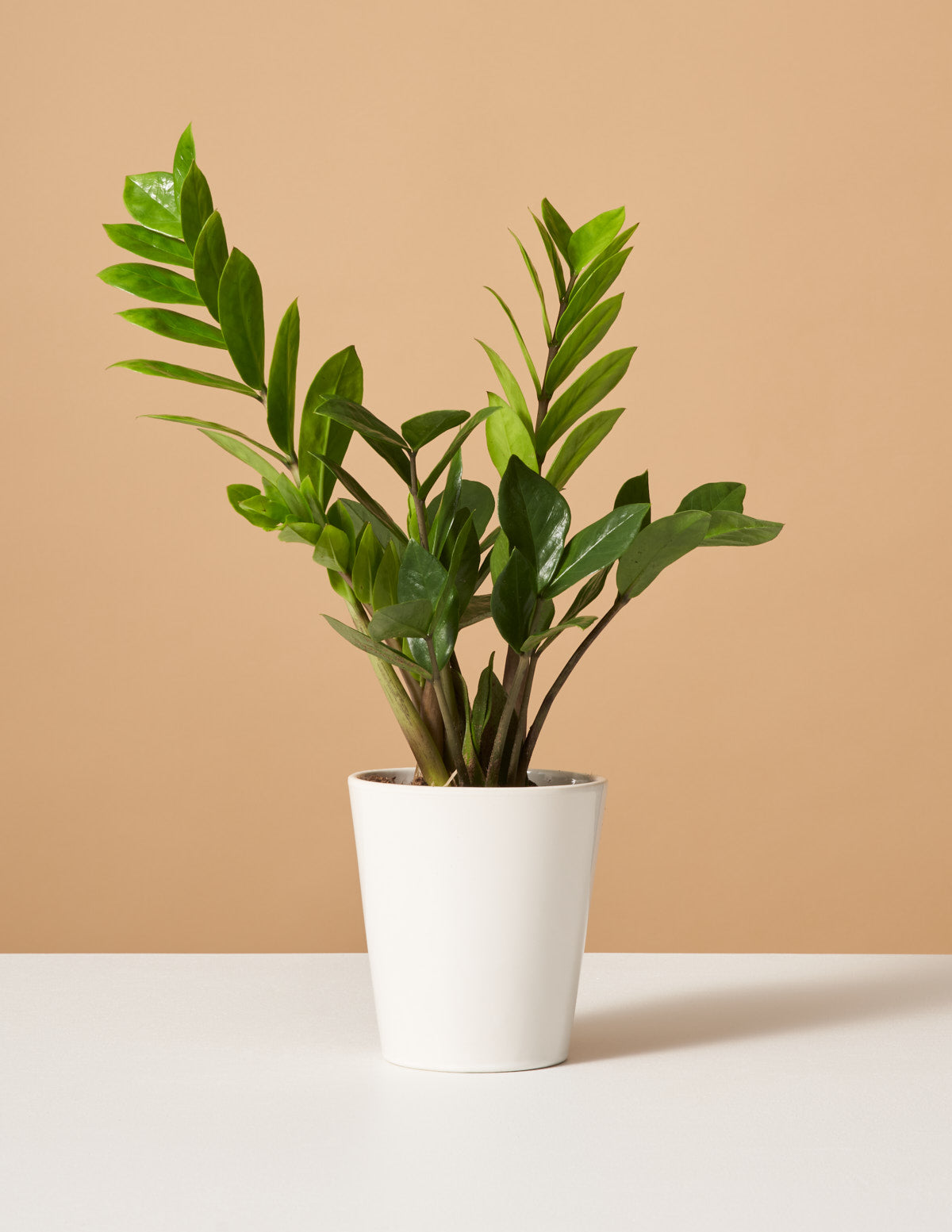Prayer Plant Companion Plants That Will Make Your Home Look Amazing
Prayer plants are some of the most popular houseplants, and for good reason. They're beautiful, easy to care for, and come in a variety of colors and patterns. But if you're looking to add some extra drama to your prayer plant collection, you might want to consider adding some companion plants.
Companion plants are plants that are chosen to complement each other in terms of their appearance, care requirements, and growth habits. When you choose the right companion plants for your prayer plants, you can create a stunning and harmonious display that will bring your home to life.
Here are a few of the best companion plants for prayer plants:
- Dumb cane (Dieffenbachia). Dumb cane is a tall, leafy plant with large, variegated leaves. It's a great companion plant for prayer plants because it has similar light and water requirements. Dumb cane is also a relatively low-maintenance plant, so it's a good choice for busy plant parents.

- Pothos (Epipremnum aureum). Pothos is another easy-care plant that makes a great companion for prayer plants. It comes in a variety of colors, including green, yellow, and variegated. Pothos is also a fast-growing plant, so it can help to fill out a space quickly.

- Philodendron (Philodendron spp.). Philodendrons are a diverse group of plants that come in a variety of shapes, sizes, and colors. They're all relatively easy to care for, and they make great companion plants for prayer plants. Some popular philodendrons for prayer plants include the heartleaf philodendron (Philodendron cordatum), the split-leaf philodendron (Philodendron bipinnatifidum), and the monstera (Monstera deliciosa).
- Parlor palm (Chamaedorea elegans). Parlor palms are elegant, low-maintenance plants that make a great addition to any prayer plant collection. They're tolerant of a wide range of light and water conditions, and they can help to add some height and drama to a space.
- Wild garlic (Ornithogalum umbellatum). Wild garlic is a beautiful flowering plant that blooms in the spring. It's a great companion plant for prayer plants because it has similar light and water requirements. Wild garlic is also a relatively low-maintenance plant, so it's a good choice for busy plant parents.

When choosing companion plants for your prayer plants, it's important to consider the following factors:
- Light requirements: Prayer plants and their companion plants should have similar light requirements. If you have a prayer plant that prefers bright, indirect light, you'll want to choose companion plants that also prefer bright, indirect light.
- Water requirements: Prayer plants and their companion plants should have similar water requirements. If you have a prayer plant that needs to be watered frequently, you'll want to choose companion plants that also need to be watered frequently.
- Growth habits: Prayer plants and their companion plants should have compatible growth habits. If you have a prayer plant that's a fast grower, you'll want to choose companion plants that are also fast growers.
By following these tips, you can create a stunning and harmonious display of prayer plants and their companion plants that will bring your home to life.
Prayer plants are beautiful and easy-to-care-for houseplants that can add a touch of tropical elegance to any room. But did you know that there are some plants that make great companions for prayer plants?
Companion plants are plants that grow well together and can help each other thrive. For prayer plants, some good companion plants include:
- Philodendrons: Philodendrons are another type of tropical plant that has similar light and water requirements as prayer plants. They also have similar leaf shapes and colors, so they can create a beautiful and harmonious display.
- Spider plants: Spider plants are known for their air-purifying properties, and they can also help to increase the humidity around your prayer plant.
- Pothos: Pothos is a versatile plant that can tolerate a wide range of conditions, so it's a good choice for beginners. It also has beautiful trailing vines that can cascade down the sides of your pot, making it a great companion for prayer plants.
If you're looking for more information about prayer plant companion plants, I recommend visiting Gardenia Inspiration. This website has a comprehensive list of plants that can be grown with prayer plants, along with tips on how to create a successful planting combination.
FAQ of prayer plant companion plants
Question 1: What are some good companion plants for prayer plants?
Answer: Prayer plants thrive in moist, well-drained soil and bright, indirect light. They also appreciate a humid environment. Some good companion plants for prayer plants include:
- Philodendrons: Philodendrons are another type of tropical plant that enjoys similar growing conditions as prayer plants. They come in a variety of shapes and sizes, so you can find one that will complement the look of your prayer plant.
- Pothos: Pothos is another easy-care plant that is tolerant of low light conditions. It can also help to increase the humidity around your prayer plant.

- Dumbcane: Dumbcane is a beautiful plant with large, colorful leaves. It is also a good choice for prayer plants because it is not as susceptible to pests and diseases as some other companion plants.

- Spider plant: Spider plants are known for their air-purifying qualities. They are also relatively easy to care for and can tolerate a wide range of conditions.
- ZZ plant: ZZ plants are very low-maintenance plants that can thrive in low light conditions. They are also drought-tolerant, so you don't have to worry about overwatering them.

Question 2: What should I avoid when choosing companion plants for prayer plants?
Answer: When choosing companion plants for prayer plants, it is important to avoid plants that have different watering or light requirements. For example, you would not want to plant a prayer plant with a succulent, as succulents require much less water than prayer plants.
You should also avoid plants that are susceptible to the same pests and diseases as prayer plants. For example, if you have a prayer plant that is prone to spider mites, you would not want to plant it with another plant that is also susceptible to spider mites.
Question 3: How do I plant prayer plants with companion plants?
Answer: When planting prayer plants with companion plants, it is important to choose the right size pot. The pot should be large enough to accommodate the roots of both plants, but not so large that the soil dries out too quickly.
It is also important to plant the plants at the same depth as they were growing in their individual pots. This will help to prevent the roots from becoming damaged.
Once the plants are planted, water them thoroughly and place them in a location that receives bright, indirect light.
Question 4: How do I care for prayer plants with companion plants?
Answer: The care requirements for prayer plants and their companion plants are generally similar. However, there are a few things to keep in mind:
- Water both plants regularly, but allow the soil to dry out slightly between waterings.
- Fertilize both plants every few months with a balanced fertilizer.
- Mist the plants regularly to increase humidity.
- Watch for pests and diseases and treat them promptly if they occur.
Question 5: What are some tips for creating a beautiful prayer plant display?
Answer: Here are a few tips for creating a beautiful prayer plant display:
- Choose plants that have similar growing conditions.
- Plant the plants in a variety of sizes and shapes to create interest.
- Use different textures and colors to add visual appeal.
- Group the plants together in a way that creates a sense of balance.
- Place the display in a location that receives bright, indirect light.
Post a Comment for " Prayer Plant Companion Plants That Will Make Your Home Look Amazing"